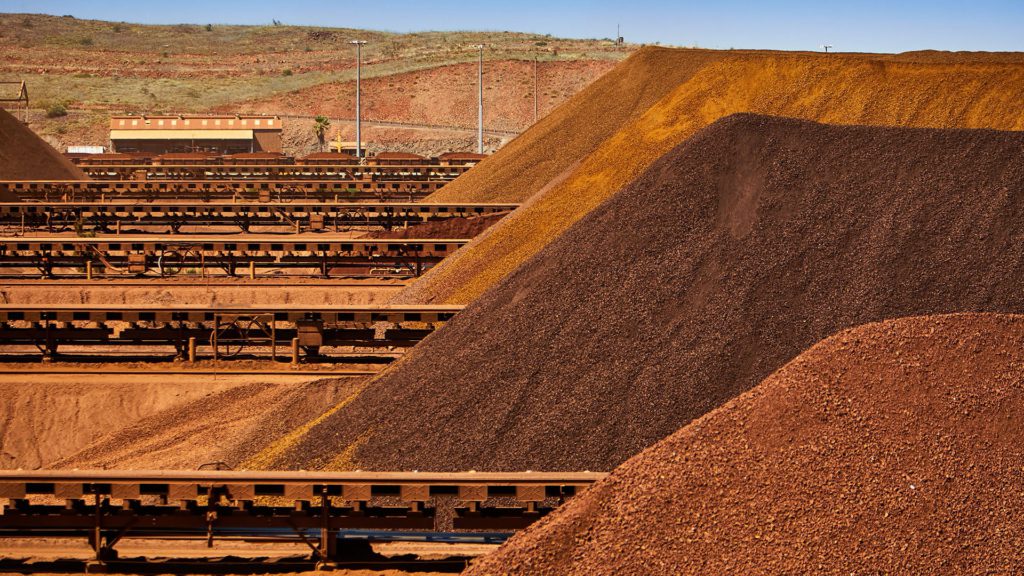
Rio Tinto reported a 12% fall in quarterly iron ore shipments on Friday after storms affected its West Australian operations.
The miner said it now expects to ship near the lower end of its range of 325 million tonnes and 340 million tonnes in 2021, meaning it may hand back its crown as the world’s biggest iron ore producer to Vale.
Vale, which reports output later this month, said is on track to meet the upper end of its 2021 guidance of 315-335 million tonnes, according to UBS.
Related read: Vale restarts ship loader that caught fire at Ponta da Madeira port
Rio shipped 76.3 million tonnes of the steel-making commodity for the three months ended June 30, down from 86.7 million tonnes a year ago, just ahead of a UBS estimate of 76 million tonnes.
Benchmark iron ore price for September delivery rose 2.9% to 1,253 yuan ($193.80) a tonne on the Dalian Commodity Exchange on Thursday.
“We would have liked to have seen higher production to capitalise on these iron ore prices. Still, they are going to be swimming in cash at results time,” said analyst David Lennox at Fat Prophets in Sydney.
“Hopefully we will get a good dividend and we are looking for a share buyback as well.”
Rio is expected to post half-year underlying earnings of $10.9 billion on July 28, according to a Vuma consensus of 14 analysts, more than double the $4.75 billion it reported for the same period last year.
Rio on Friday also raised its full-year iron ore production cost guidance due to increased labour and input costs.
The miner expects unit costs of $18.00-$18.50 per tonne for the year, up from its previous estimate of $16.70-$17.70 per tonne.
Miners have been facing labour shortages as Australia has shut international borders and closed state borders.
Rio also said it delayed commissioning at its new Gudai-Darri iron ore hub to later this year and first production from its Winu copper find in Australia to 2025 from original estimates of 2023, partly due to covid restrictions.
Pilbara iron ore production of 75.9 million tonnes was 9% lower than the second quarter of 2020. Bauxite production of 13.7 million tonnes was 6% lower than the previous quarter.
Mined copper production of 115.5 thousand tonnes was 13% lower than the second quarter of 2020, with lower recoveries and throughput at Escondida as a result of the prolonged impact of covid-19, and a planned relocation of the in-pit crusher at Kennecott in April, the company said.
“Operationally we are not where we want to be,” Rio Tinto CEO Jakob Stausholm said in a media release.
The company lowered 2021 production by 2 million tonnes due to new strategies to protect Aboriginal areas of high cultural significance as it seeks to repair relations with Aboriginal groups following its destruction of rock shelters at Juukan Gorge last year.
Related read: Aboriginal group disappointed by Rio Tinto board hire
Rio Tinto’s stock was trading down 4% at Friday’s opening on the NYSE. The company has a $139 billion market capitalization.
(With files from Reuters)